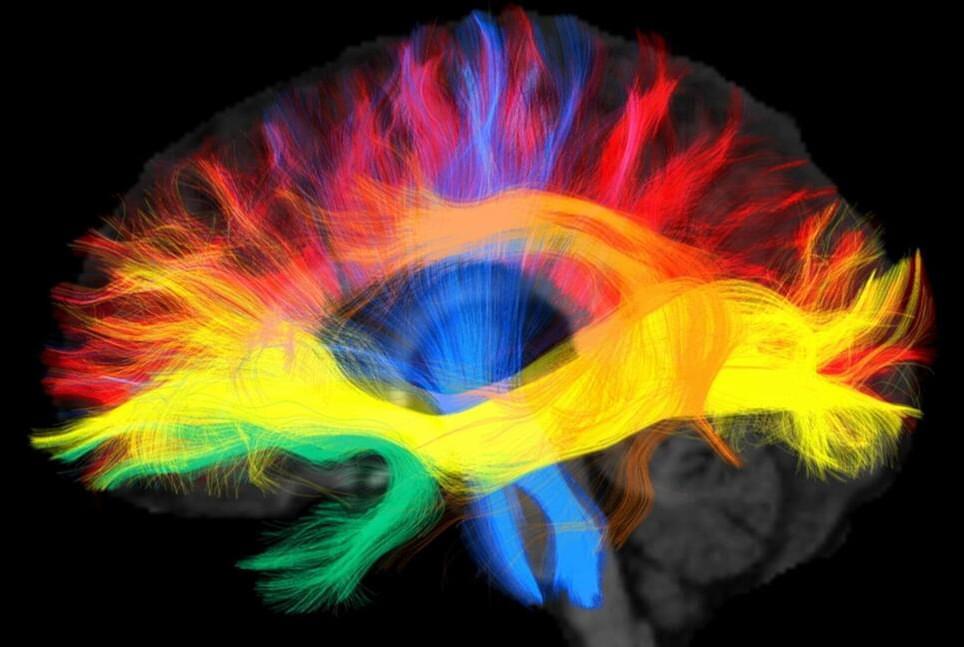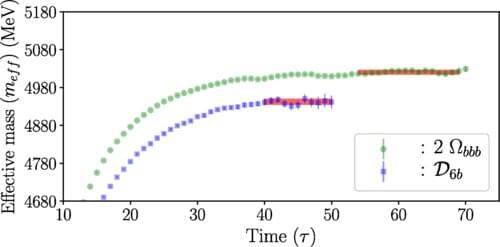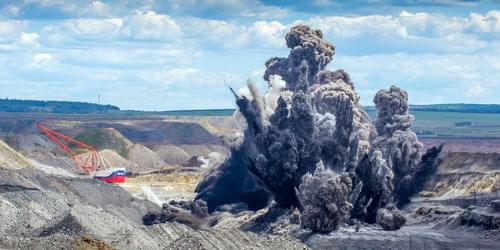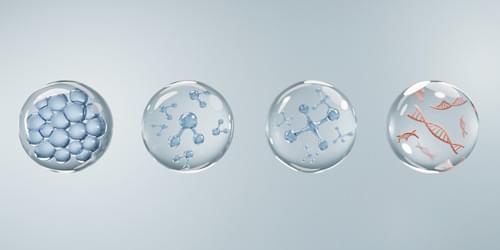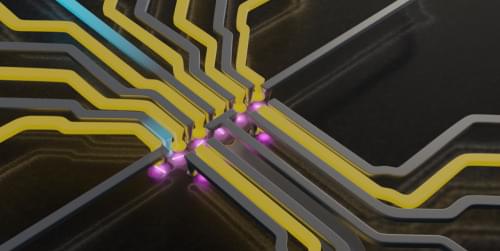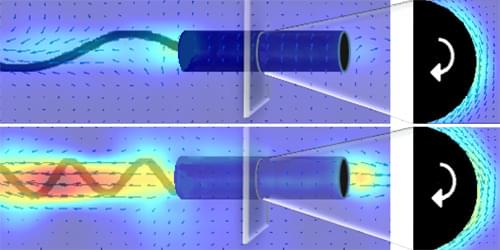Verses Technologies Inc. (VERS) :
Gabriel Rene CEO
Chief Scientist CSO — Karl Friston.
Dan Mapes — Founder & President.
Capm Peterson — Chief Innovation Officer.
Scott Paterson Director.
VERSES Technologies Inc. (NEO: VERS) (OTCQX: VRSSF), a cognitive computing company specializing in the next generation of artificial intelligence, has announced a breakthrough in AI with the world’s first General Intelligent Agent, codenamed GIA™, (‘jee-yah’) designed to offer a new human-centered way for businesses and individuals to interact with technology.
Verses is a cognitive computing company specializing in next-generation artificial intelligence. Modelled after natural systems, and the design principles of the human brain and the human experience, Verses’ flagship offering, KOSM, is a network operating system for enhancing any application with adaptive intelligence. Built on open standards, KOSM transforms disparate data into a universal context that fosters trustworthy collaboration between humans, machines and AI, across digital and physical domains. Imagine a smarter world that elevates human potential through innovations inspired by nature.
https://www.verses.ai/
“Please subscribe to The Radius Research Channel if you like these videos and help bring more interviews with high quality companies and CEOs.
Register here to receive my weekly small-cap & venture cap newsletter with live webinar registration for CEO Q&A. — https://lp.constantcontactpages.com/su/KHhowOK"
(NEO: VERS)
